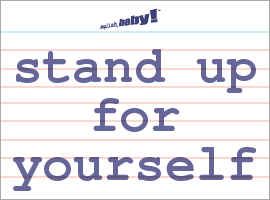

Moscow’s military was also targeting the city of Avdiivka. The head of the Moscow-controlled part of Donetsk, Denis Pushilin, said Russian forces now held 75 per cent of the city. The small city on the edge of a chunk of Russian-controlled territory in Donetsk has for months been the biggest battleground of the war, now in its second year. Kyiv said the Russians were pounding Ukrainian positions around besieged Bakhmut in the eastern Donetsk region and other cities and towns with air strikes and artillery barrages. The devastation must be employed strategicallyĪccording to Journals of India website, the 1977 Geneva convention outlawed this strategy being aimed at civilians.The enemy troops must not have enough supplies to survive.They must have access to other resources.The defenders must have much more familiarity with their terrain and must possess resources.There are four main principles behind this tactic: In modern times, this term only entered the lexicon in 1937 – when it was used to refer to the battles between China and Japan, as per. Chhatrapati Shivaji Maharaj’s troops were famed for their scorched-earth tactics. Maratha leader Chhatrapati Shivaji’s troops were also famed for employing this tactic – though historians say they were ordered to avoid killing civilians and despoiling holy sites.

The Russian Army has previously used such tactics against the German army in 1915 and during the Second World War, as per Journals of India. It is also thought to have crushed the South’s resolve to continue the conflict. This ploy, which is an example of the scorched-earth policy being deployed as an offensive weapon, is thought to have inflicted losses of around $100 million on South. The American Civil War saw another notable example of ‘scorched-earth’ tactics – employed by the North and Union General William T Sherman against the South. Vercingetorix, who would unite the myriad tribe of Gaul, would ultimately fail in his attempt to stymie Ceasar. The Scythians, rather than give battle to the Persians, hid after destroying food and poisoning water bodies.Īnother famous example in the ancient world was when Vercingetorix deployed this tactic against Roman general Julius Caesar in Gaul. When Darius invaded ancient Scythia in 513, the Scythians began systematically destroying anything the invading forces could use to bolster themselves. Perhaps the first recorded example of such tactics comes from when ancient Scythia took on the Persian Empire of Darius the Great. As per, the tactics themselves date back to ancient times.


 0 kommentar(er)
0 kommentar(er)
